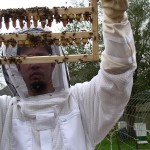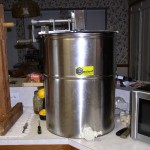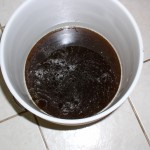(Dallas, TX) Given that my youngest brother Gerrit has partnered with my father in their beekeeping enterprise over the past year, it’s high-time to update the name of the website. From “Westover and Son, Apiaries” to “Westover and Sons, Apiaries.”
-
Recent Posts
Recent Comments
- vicki delph on Honey Super Cell Experiment
- vicki shields on Honey Super Cell Experiment
- ljwestover on Honey Super Cell Experiment
- todd on Honey Super Cell Experiment
- Monika on Hot Wax Dipping Equipment
Archives
- May 2019
- February 2019
- February 2017
- January 2017
- August 2016
- June 2016
- May 2016
- March 2016
- July 2015
- June 2015
- May 2015
- April 2015
- October 2014
- August 2014
- July 2014
- June 2014
- May 2014
- April 2014
- February 2014
- December 2013
- October 2013
- September 2013
- August 2013
- July 2013
- June 2013
- May 2013
- April 2013
- March 2013
- February 2013
- December 2012
- June 2012
- May 2012
- April 2012
- March 2012
- December 2011
- November 2011
- October 2011
- September 2011
- August 2011
- July 2011
- June 2011
- May 2011
- April 2011
Categories
Meta






